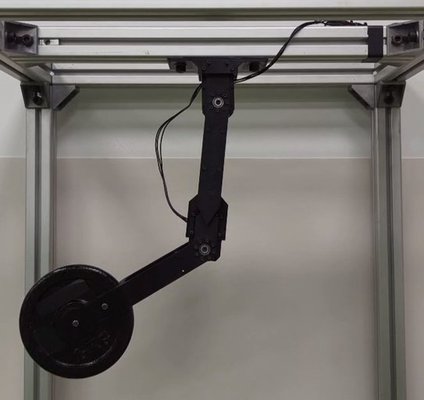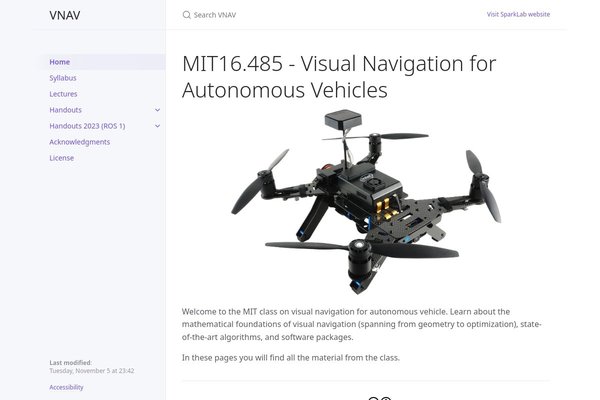Weekly Robotics #308

In today's issue, I'm featuring a paper from NASA on the usage of LLMs for producing assurance arguments. Since, I kind of have a platform due to my work on this newsletter, here is a prediction: LLMs will kill some companies that overuse these tools. I'm specifically thinking of high-tech companies that start using these probabilistic models, and their project methodologies follow the V-model. The more probabilistic models are used in the project definition stage, the more mistakes will slip through the cracks, and bad specifications will make it through the project cycle, causing self-inflicted delays. If at no point anyone reviews/questions the original assumptions, it can take a lot of time for the organization to notice they are walking towards a dead end. I still think these tools are very valuable, and can 10x productivity if used correctly, but one has to be mindful of what these things actually are and not treat it as proper intelligence.
Enough rambling, let's have a look at some exciting projects! </br>
Rhoban/bam

This repository contains tools for identifying friction models of actuator for better actuator modelling that is so crucial in applications such as reinforcement learning. The README boast a 50% reduction of simulation error. The setup you will need to work with this tool consists of a pendulum test bench, and the example provided is based on Dynamixel servos.
MIT16.485 - Visual Navigation for Autonomous Vehicles

This website contains lectures and exercises from the MIT course on Visual Navigation by Luca Carlone. The course is a treasure trove of quality materials. I have a feeling that if you follow all the lab exercises contained in these pages, you will become a visual navigation rock star!
GenZ-ICP LiDAR odometry
From the paper’s abstract:
this study proposes a novel iterative closest point (ICP) method called GenZ-ICP. We revisited both point-to-plane and point-to-point error metrics and propose a method that leverages their strengths in a complementary manner. Moreover, adaptability to diverse environments was enhanced by utilizing an adaptive weight that is adjusted based on the geometrical characteristics of the surroundings. As demonstrated in our experimental evaluation, the proposed GenZ-ICP exhibits high adaptability to various environments and resilience to optimization degradation in corridor-like degenerative scenarios by preventing ill-posed problems during the optimization process.
What is THE BEST 3D Printed Drive for Your Next Robotic Project

In this article, Dejan is doing a three-way comparison between a 3D-printed cycloidal drive, belt drive and a planetary gearbox. For all three of them, Dejan is testing backlash, torque/efficiency, and durability. The models used in this article are freely available for printing. If you prefer this kind of content in video format, then you can find it on YouTube.
A New Robotic Gripper Based on Measuring Tape is Sizing Up Fruit and Veggie Picking

This is some interesting design for a gripper. To learn more about this work, have a look at this article.
TOMBSTONE vs ORBITRON (VIDEO #6/6)
The Hacksmith Industries released their final update on their foray into BattleBots, this time going against the legendary Tombstone.
Copilot-Language/copilot
Copilot is a runtime verification framework for hard real-time systems. Programs can be interpreted for testing, or translated into C99 code to be incorporated in a project or standalone application. The C99 code generated is constant in memory and time, making it suitable for systems with hard real-time requirements.
For more information about this work, check out the project website.
Examining Proposed Uses of LLMs to Produce or Assess Assurance Arguments
If you happen to use LLMs in any way, I highly recommend reading this paper. Quoting the article:
Assurance arguments are structured but necessarily informal arguments supporting a conclusion that a system possesses a property of interest such as safety or security.
In this work, the Researchers analysed 42 papers related to the LLMs usage in safety-related work and argue that, since LLMs output “Franfurtian BS” (I’m definitely going to use this term from today onwards), they are not trustworthy for use cases that require actual thinking.
Events
- RoboSoft 2025: Apr 23 - Apr 26, 2025. Lausanne, Switzerland
- Farm Robotics Challenge: Apr 24, 2025 (ddl: Dec 12, 2024). Davis, California, United States of America
- 7th International Workshop on Robotics Software Engineering: Apr 28, 2025. Ottawa, Canada
- Robotics Summit & Expo 2025: Apr 30 - May 01, 2025. Boston, Massachusetts, United States of America
- Automate 2025: May 12 - May 15, 2025. Detroit, Michigan, United States of America
- ICUAS (UAVs) 2025: May 14 - May 17, 2025. Charlotte, North Carolina, United States of America
- Xponential 2025: May 19 - May 22, 2025. Houston, Texas, United States of America
- ICRA 2025: May 19 - May 23, 2025. Atlanta, Georgia, United States of America
- Eurobot Open 2025: May 28 - May 31, 2025. La Roche-sur-Yon, France
- Open Hardware Summit 2025: May 30 - May 31, 2025. Edinburgh, Scotland
For more robotic events, check out our event page.
